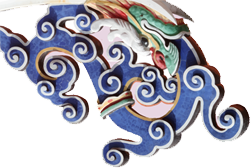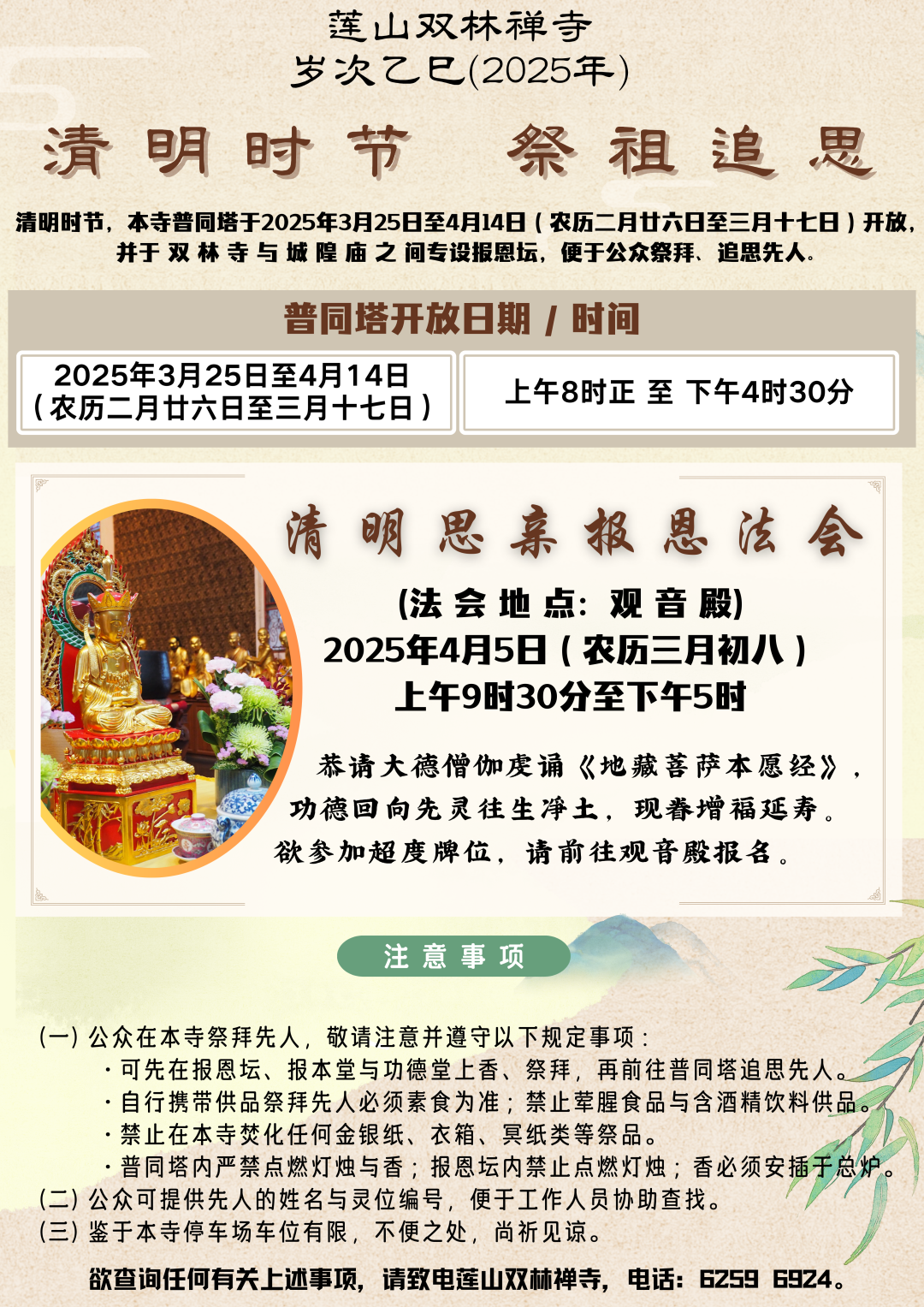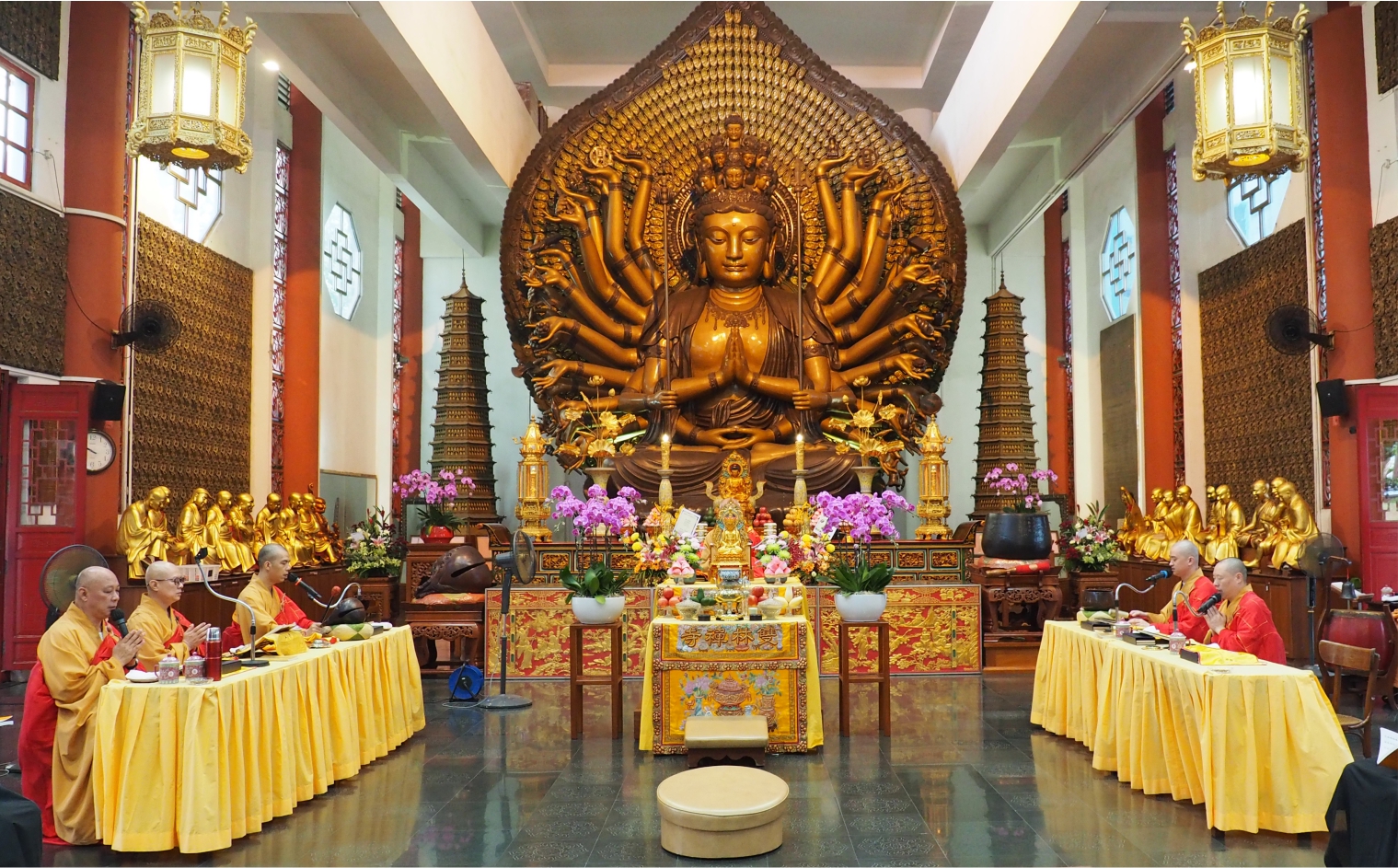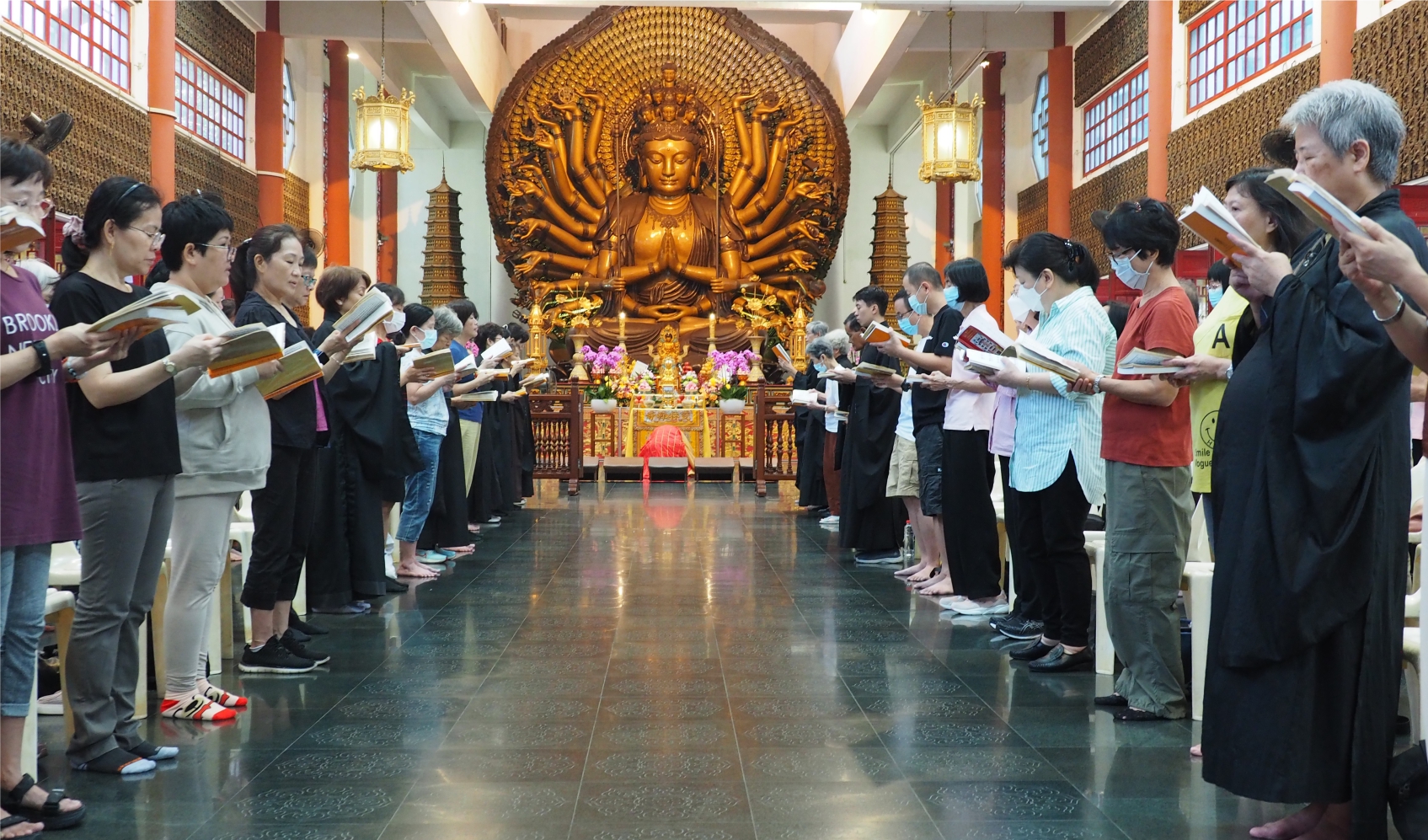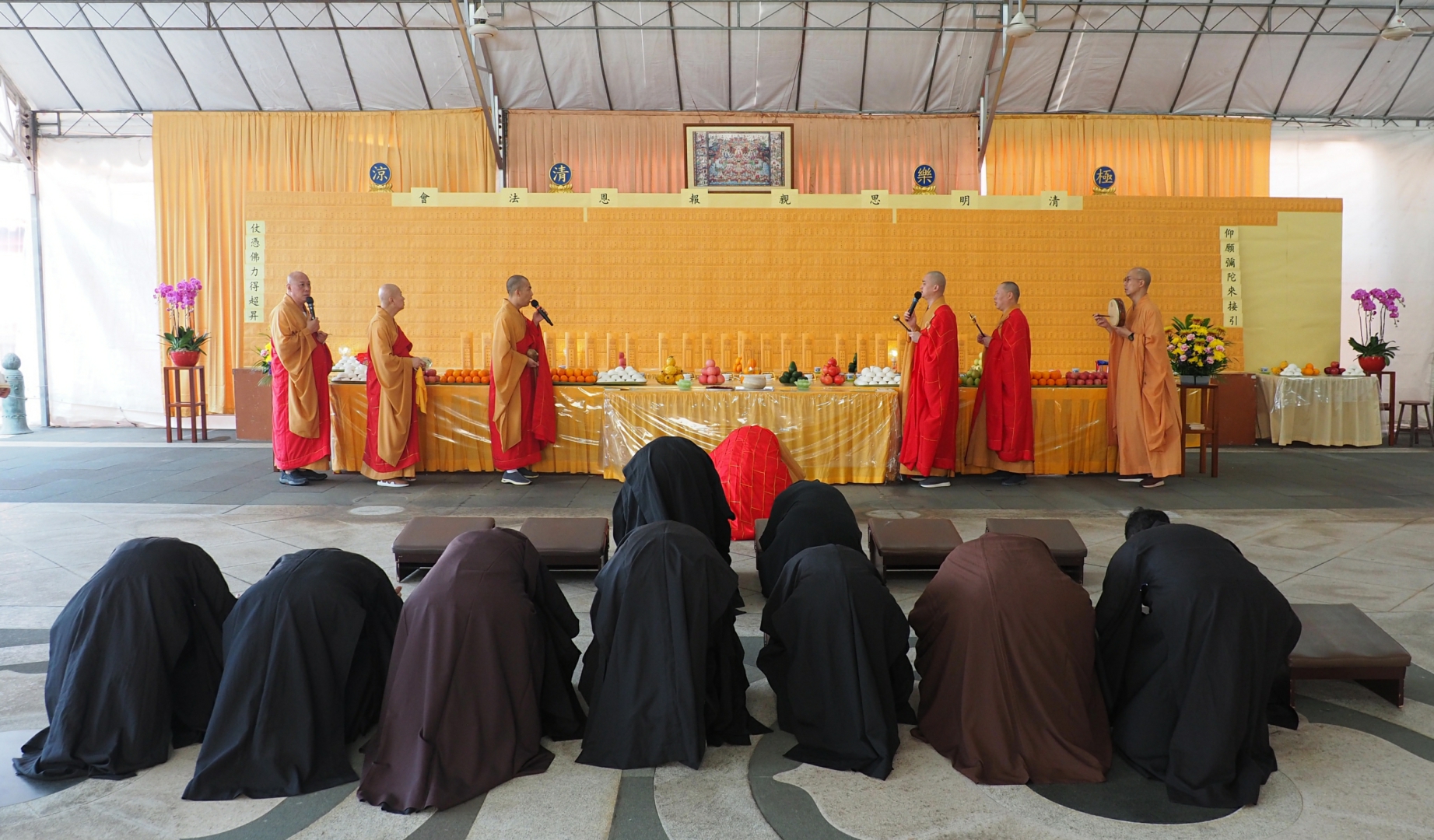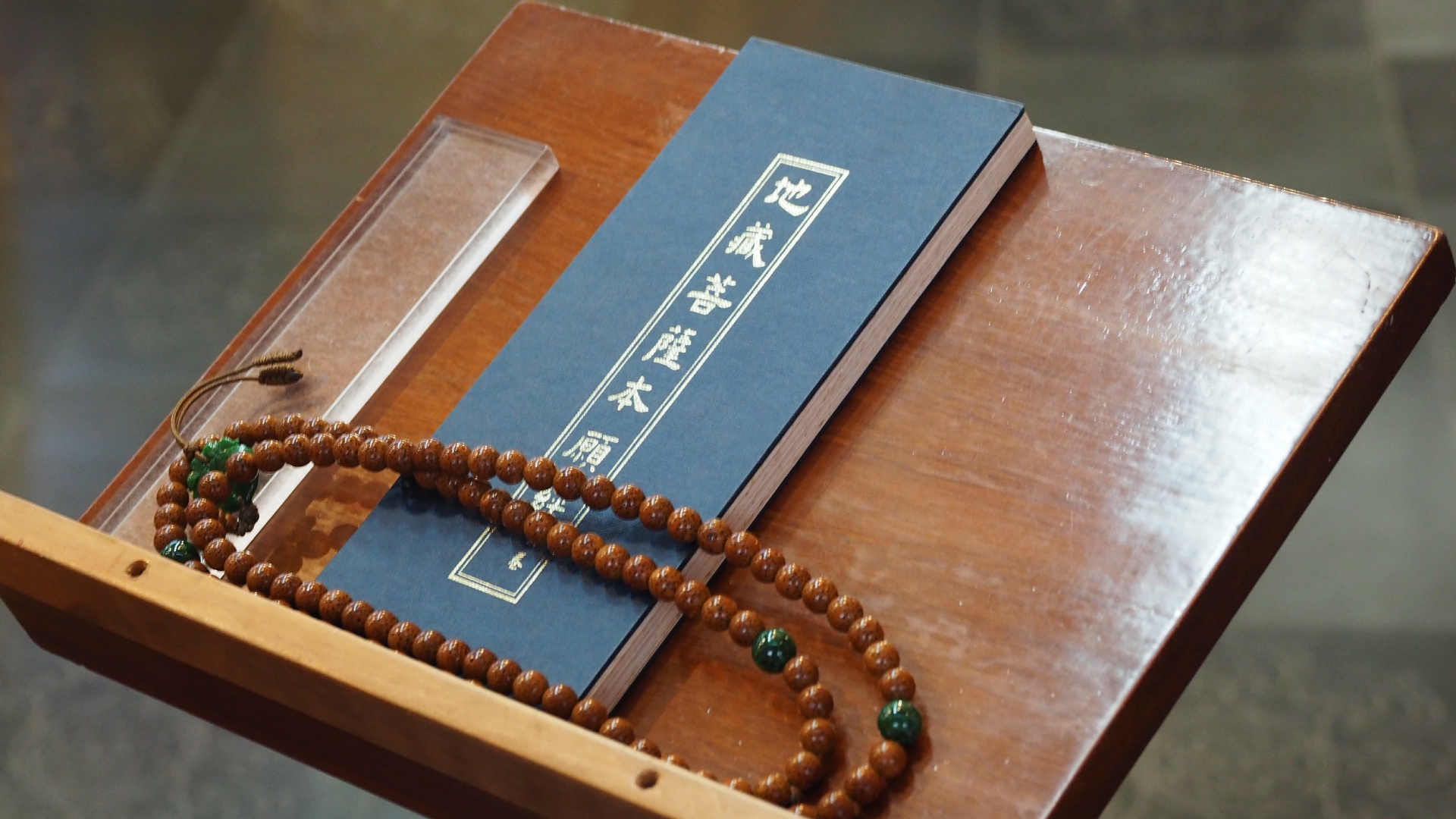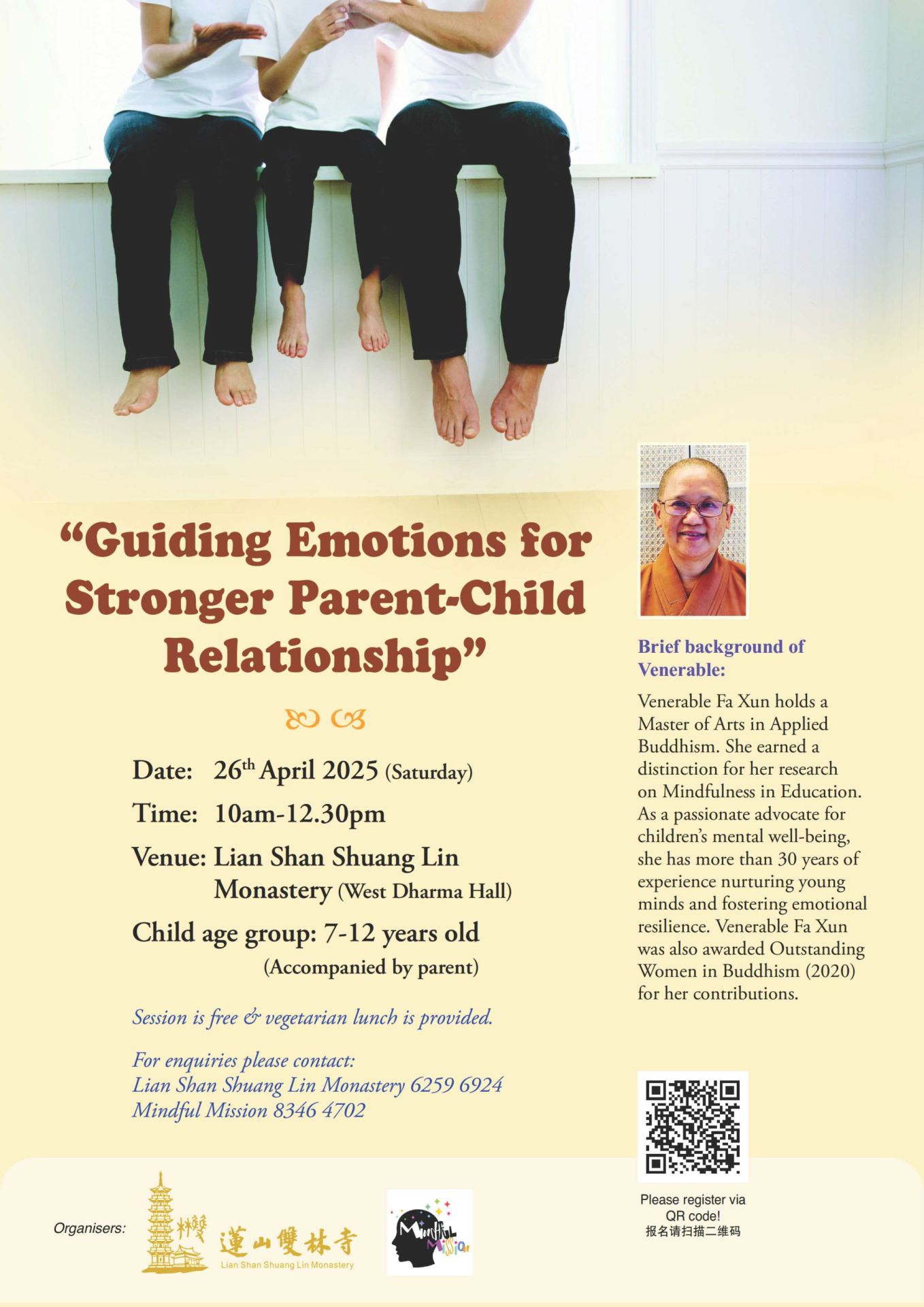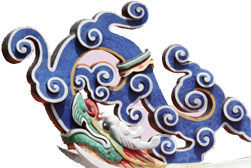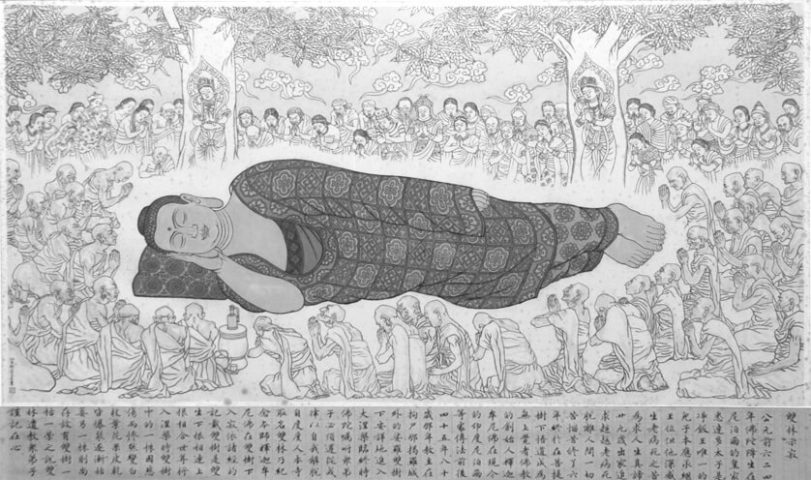
Lorem Ipsum,也称乱数假文或者哑元文本, 是印刷及排版领域所常用的虚拟文字。由于曾经一台匿名的打印机刻意打乱了一盒印刷字体从而造出一本字体样品书,Lorem Ipsum从西元15世纪起就被作为此领域的标准文本使用。它不仅延续了五个世纪,还通过了电子排版的挑战,其雏形却依然保存至今。在1960年代,”Leatraset”公司发布了印刷着Lorem Ipsum段落的纸张,从而广泛普及了它的使用。最近,计算机桌面出版软件”Aldus PageMaker”也通过同样的方式使Lorem Ipsum落入大众的视野。
Lorem ipsum dolor sit amet, consectetur adipiscing elit. Quisque aliquet sit amet dolor at tincidunt. Praesent nunc dolor, varius nec nisi pharetra, tempor sodales felis. Pellentesque fermentum eget nulla id lacinia. Phasellus a efficitur urna. Praesent convallis, velit sed viverra congue, leo sem fringilla libero, sit amet laoreet quam libero non nulla. Curabitur gravida tempus est et rhoncus. Donec ante felis, elementum efficitur aliquam ut, ultricies id risus. Curabitur vel metus tincidunt, feugiat tellus sed, viverra mauris. Nam sit amet congue diam. Proin sem augue, convallis in mattis id, placerat eget dolor. Cras et arcu tortor. Curabitur venenatis dolor eu odio rutrum, eu ultricies ante laoreet. Proin auctor mauris ut mattis blandit. Duis nisl urna, ornare quis congue in, sollicitudin ut neque. Donec tincidunt lorem lorem. In hac habitasse platea dictumst.


